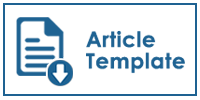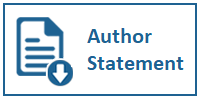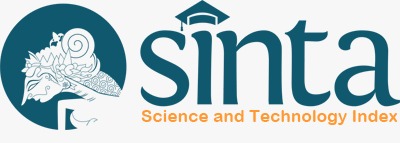Analysis of the Implementation of the Viseme-Based Method in Ficusia Animation
DOI:
https://doi.org/10.31937/ultimart.v18i1.4173Abstract
Based on interviews with the Ficusia animation team and professionals from Infinite Frameworks Studios, it was found that the lip and jaw movements in Ficusia were too fast, making them appear less realistic. This study aims to improve the quality of lip-sync animation in Ficusia using the viseme-based method, which allows for more natural lip and jaw movements. The viseme-based method was chosen because it is more suitable for 3D animation, producing smoother lip movements that are better integrated with facial expressions compared to the phoneme-based method, which tends to be rigid. A qualitative case study approach was conducted on the first episode of Ficusia, which contains scenes with predominantly human mouth shapes. Primary data were obtained through interviews with experienced animators and supervisors, while secondary data were gathered from literature. The results show that the viseme-based method can enhance the quality of lip-sync, create more natural animation, and improve the integration between lip movements and character expressions. This method is considered effective by professional animators and is expected to serve as a reference for producing realistic lip-sync in 3D animation.
Keywords: 3d animation; blender; lip-synch; viseme-based
Downloads
Published
How to Cite
Issue
Section
License
Copyright (c) 2025 Selly Artaty Zega , Adric Filbert, Gerson Julyfer Parulian Tambun , Muhammad Fauzi Ardhi Ardhi

This work is licensed under a Creative Commons Attribution-ShareAlike 4.0 International License.
Authors retain copyright and grant the journal right of first publication with the work simultaneously licensed under a Creative Commons Attribution-ShareAlike International License (CC-BY-SA 4.0) that allows others to share the work with an acknowledgement of the work's authorship and initial publication in this journal.
Authors are able to enter into separate, additional contractual arrangements for the non-exclusive distribution of the journal's published version of the work (e.g., post it to an institutional repository or publish it in a book), with an acknowledgement of its initial publication in this journal.
Copyright without Restrictions
The journal permits the author(s) to hold the copyright without restrictions and will hold distributing rights without limitations.
The submitted papers are assumed to contain no proprietary material unprotected by patent or patent application; responsibility for technical content and for protection of proprietary material rests solely with the author(s) and their organizations and is not the responsibility of the Ultimart: Jurnal Komunikasi Visual or its Editorial Staff. The main (first/corresponding) author is responsible for ensuring that the article has been seen and approved by all the other authors. It is the responsibility of the author to obtain all necessary copyright release permissions for the use of any copyrighted materials in the manuscript prior to the submission.















